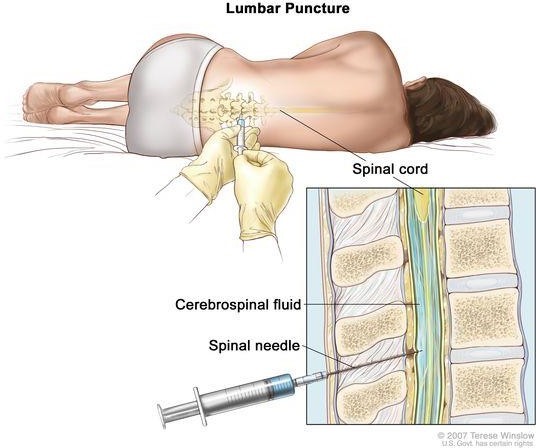A nurse is transcribing a client's prescription for erythromycin 500 mg four times per day. Which of the following information should the nurse clarify with the provider?
Time
Medication
Dosage
Route
The Correct Answer is D
A. The prescription specifies “four times per day,” which is clear.
B. The medication specified is erythromycin, which is clear.
C. The dosage of 500 mg is clearly specified..
D. The route of administration eg. oral, topical is not specified and needs to be clarified to ensure proper administration.
Nursing Test Bank
Naxlex Comprehensive Predictor Exams
Related Questions
Correct Answer is A
Explanation

Correct Answer is A
Explanation
Placing soiled linens on the floor can lead to cross-contamination and the spread of infectious agents. This can pose a risk to the immunocompromised client, who may be more susceptible to infections.
Lining waste containers with single bags helps contain potentially infectious waste and facilitates proper disposal. This reduces the risk of contamination and exposure to infectious materials.
Using dampened cloths for dusting helps minimize the spread of dust and airborne particles. Dampening the cloth can help capture the dust and prevent it from becoming airborne, reducing the potential for respiratory exposure.
Placing uncapped sharps in a puncture-resistant container is an essential practice to prevent needlestick injuries and the transmission of bloodborne pathogens. This ensures safe disposal of sharps and reduces the risk of accidental needlestick injuries to healthcare workers and clients.
Whether you are a student looking to ace your exams or a practicing nurse seeking to enhance your expertise , our nursing education contents will empower you with the confidence and competence to make a difference in the lives of patients and become a respected leader in the healthcare field.
Visit Naxlex, invest in your future and unlock endless possibilities with our unparalleled nursing education contents today
Report Wrong Answer on the Current Question
Do you disagree with the answer? If yes, what is your expected answer? Explain.
Kindly be descriptive with the issue you are facing.
